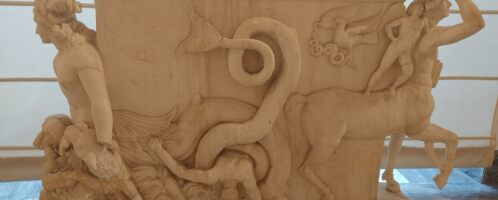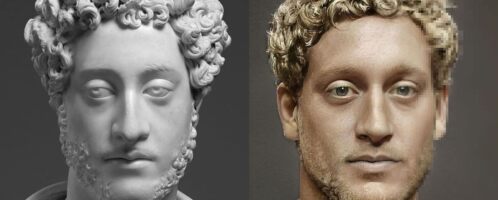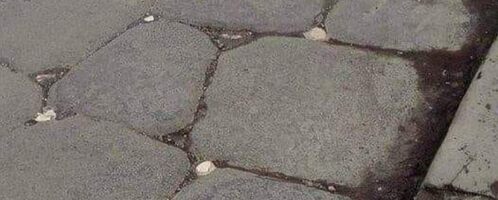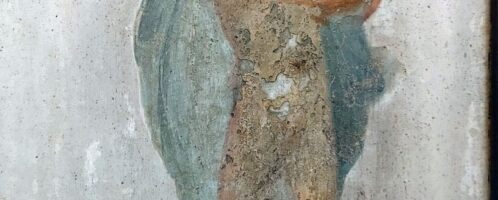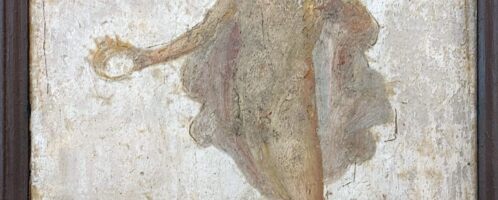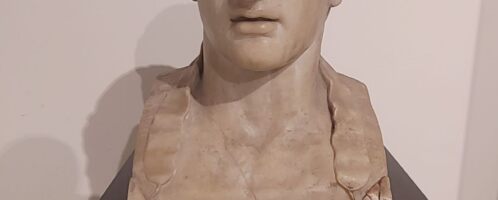Roman table base
Roman table base, which shows mythological scenes – a sea monster, Scylla, who kidnaps the sailors of Odysseus (Ulysses) and a centaur. The object is dated to the mid-2nd century CE and is in the National Archaeological Museum of Naples.

